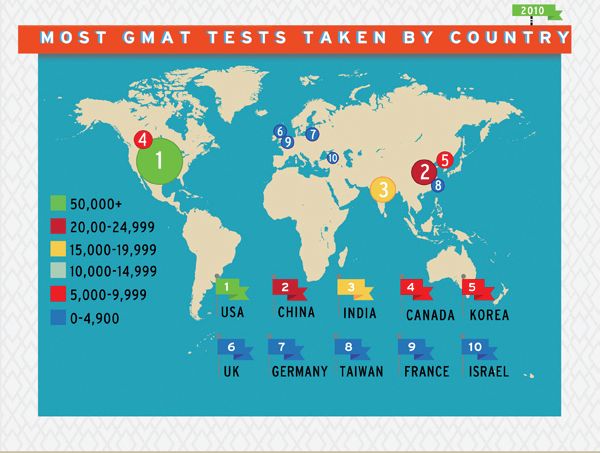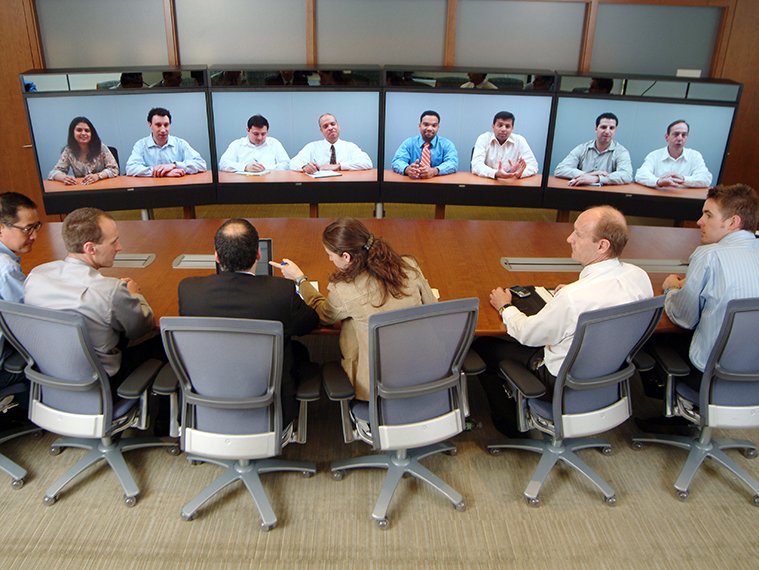The more you focus on blockchain technology and its use cases in healthcare, the more you realise that there are a lot of people talking about it but not much is actually being done. Although imagining the future of healthcare seems very exciting at first, getting to really change things and make a difference sounds a lot better. However, there must be a good reason why there aren’t that many initiatives in the healthcare sector yet.
One of the main topics writers focus on when analyzing blockchain in healthcare is how the technology could be used to manage patient data. Indeed, as discussed in previous articles, the lack of structures to collect, share and analyze information results in a lack of interoperability in the medical community and represents a major obstacle for precision medicine. Unfortunately, most of the initiatives that tried to tackle this issue didn’t go past proof-of-concept because of the very specific characteristics and requirements of the healthcare market. Here are 3 challenges that blockchain-based solutions have to face when targeting this sector.
1. Existing Systems
One of the main obstacles in implementing blockchain technology to manage patient data is the fact that data is already being managed by current systems. Time and money have been spent into building these architectures and bringing in a new technology would require rebuilding part of the platforms.
In the current systems, patient information is stored in local databases with few possibilities of sharing it between multiple organizations. Blockchain technology would imply a complete change, going from centralised and small-scale technologies to distributed and worldwide systems. Although it is an evidence that it would bring collaboration and interoperability between medical and scientific communities, some consider it is not worth the money and time.
Today, healthcare organisations are investing heavily in electronic medical records, a first step in digitalising and reuniting in one place all of the patient’s information. Once this is done, we could consider moving the data to a cloud and implement blockchain technology on top of it to manage access and authorizations. If we consider blockchain technology from a technical perspective since medical records involve large files, most of it would probably be stored in off-chain databases or cloud computing systems and only a hash would be recorded on the blockchain. Thus, the main condition for such a system to work is to have electronic files in the first place and abandon paper documents. Hence, there is still a long way to go before blockchain technology will be able to supplant or complete the existing architectures.
2. Security
Blockchain technology suffers from a negative image due to security breaches in the famous Bitcoin blockchain. Hence, using it to manage health data could seem inappropriate. Indeed from a legal perspective, the main concern when it comes to storing and using health data is security. Such information is very valuable and sensitive, and the number of healthcare databases having been hacked is growing exponentially. According to the Break Level Index, 554 million records were stolen or lost in the first half of 2016.
Furthermore, if we consider an On-Chain/Off-Chain mix, most of the information would not be stored on the blockchain, but rather in traditional databases or on the cloud. Therefore the use of blockchain technology won’t be the element that would solve the security issues. Other systems would have to be built to ensure that the databases or cloud systems are safe.
However, blockchain technology, through smart contracts, can offer a security aspect. Indeed, Off-Chain data along with the one on the blockchain are only accessed upon permission given by the patient. Data is always digitally signed and encrypted to ensure maximum security and privacy. Privacy is also respected on the blockchain public ledger since only transaction hashes and encrypted information appear and no link can be made with the patient. Therefore, we could argue that blockchain technology adds an extra layer of security and privacy to patient data but it doesn’t make databases unhackable.
In addition, if we want medical records to be accessible at anytime and anywhere, the patient has to give his permission for third parties (paramedics, doctors, etc) to access them. However, if the patient is unable to verify access (ex: the patient is unconscious), he can pick a representative to do the job instead of him. This creates a security gap since the patient is no longer the only one to decide who has access to all his medical information. This implies that the patient has to check every once in a while who he or his representatives gave access to.
Moreover, access to the medical records requires the patient’s private key. The patient is the only owner of the key and losing it implies losing access to the whole medical data. Although we can imagine that systems would be built to allow the patient to recover his private key, that would also bring security breaches.
3. Mentalities
When new apps, software or processes are presented to doctors, their first question is to know how much work this will add to their already full schedules. Often, a doctor’s first response to a new product is, if not negative, very cautious. And here is a reason to it: most of them have the feeling that innovation goes on without them and that part of the solutions experts come up with don’t exactly fit their needs. This is true, and it has to change. If we want the medical community to accept innovation and embrace change, it has to be part of the conversation from the very beginning. Imagining tomorrow’s healthcare with healthcare’s main actors – doctors, nurses, paramedics, can only be beneficial. If they take part in the creative process, if they express and share their problems and if they shape the solution to match their needs, they will also adopt it afterwards. Today, think tanks are being built to bring together technology experts, thought leaders and the medical community, as a first step to improving collaboration for more effective innovation.
In addition, in countries such as France, people tend to weight more the risks than the benefits of an innovation. Although evaluating the risks of a new technology such as blockchain is particularly important if used in healthcare, focusing too much on the risks could kill any innovation. New technologies require the “benefit of the doubt” when first launched, as well as time to evolve and meet expectations. Thus, it is important to find a balance between too much enthusiasm and too much awareness.
Conclusion
“The attention is on these big issues because everyone loves the sexiness of solving a big problem. But if you think throughout history, anything that was an immense problem, it was easier to solve the little problems inside that big problem.” said Mathew Rose, co-founder at Saavha in a recent article. If we try to tackle the “medical records issue” with blockchain technology and we fail, that could add to the already not-so-good image of the technology and potentially postpone for a long time the use of blockchain-based solution in this sector.
Instead, why don’t we try to tackle smaller problems where blockchain technology can really bring something no other technology can? Going for smaller issues to test the response from the public can be a good strategy. Maybe, once the technology is more mature and that regulation and mentalities evolve, we could go for the bigger problems.

IntelligentHQ Your New Business Network.
IntelligentHQ is a Business network and an expert source for finance, capital markets and intelligence for thousands of global business professionals, startups, and companies.
We exist at the point of intersection between technology, social media, finance and innovation.
IntelligentHQ leverages innovation and scale of social digital technology, analytics, news and distribution to create an unparalleled, full digital medium and social business network spectrum.
IntelligentHQ is working hard, to become a trusted, and indispensable source of business news and analytics, within financial services and its associated supply chains and ecosystems.

























